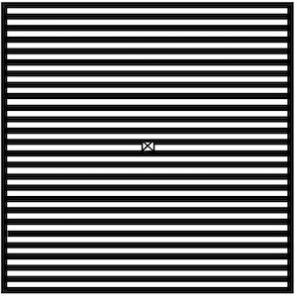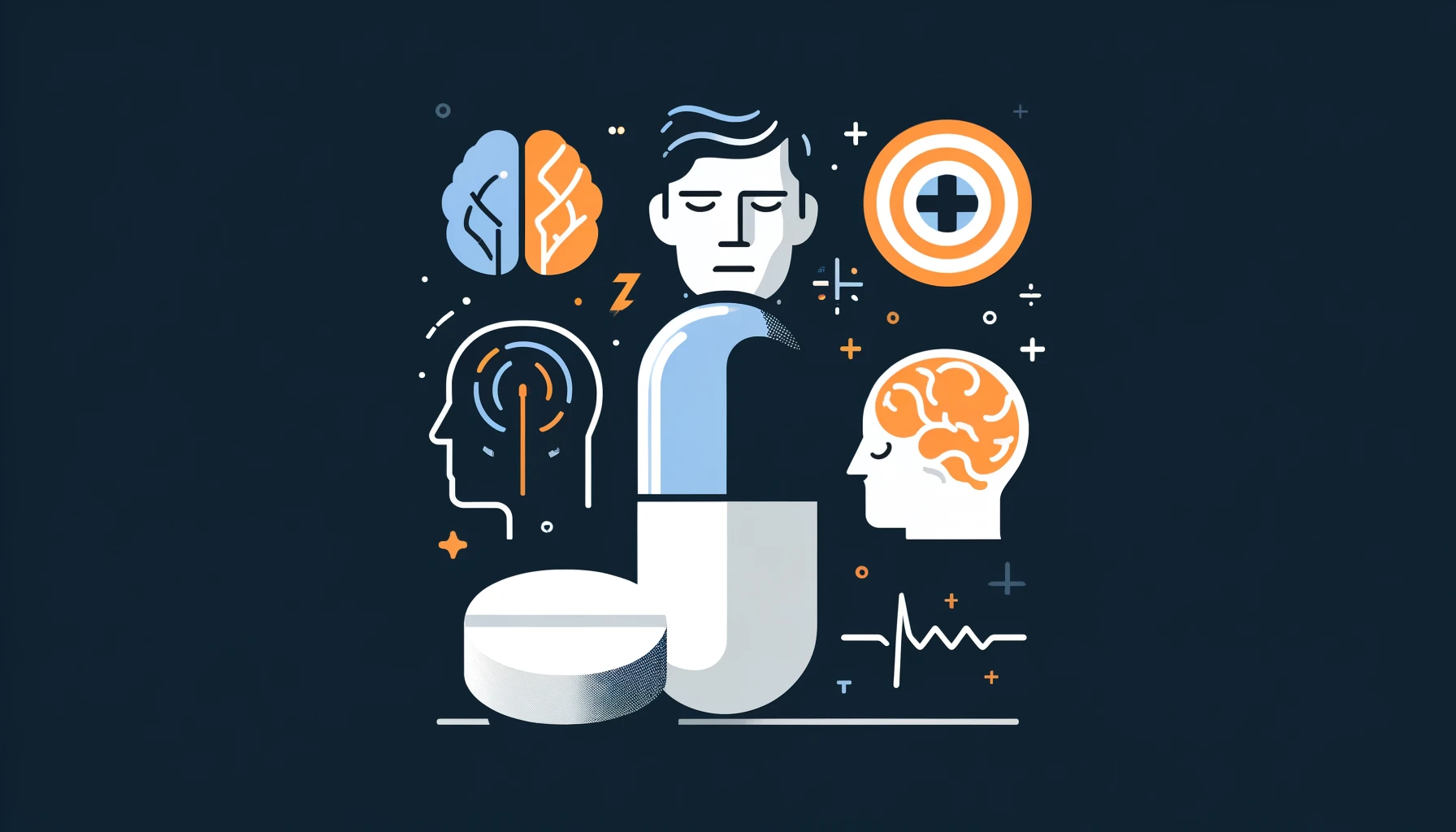Are you taking Amitriptyline? Here are a few things you should know:
Amitriptyline is a tricyclic antidepressant that also is prescribed for headaches and migraines. As with many medications, many side effects are overlooked when prescribed, or when the side effects start, they aren’t thought of as side effects, and more medications are added. So let’s look a little more at amitriptyline and then give you some tips on how you can find the root cause of your headaches/migraines. Please note that I am not against amitriptyline, I just believe that it’s worth trying to identify why the symptoms are happening in the first place.
Many people who take amitriptyline are using it for migraines or headaches, which are often accompanied by dizziness, nausea, screen sensitivity, light sensitivity and more. Most of the cases that I see also have vision problems which are contributing (this is why lights, screens, and seeing motion can increase symptoms).
What’s of interest lately though, is could amitriptyline be contributing to the problem?
Drugs.com relates common side effects as
Common (1% to 10%): Ataxia, disturbance in attention, dizziness, dysarthria/speech disorders, dysgeusia, drowsiness, headache, paresthesia, somnolence, tremors, fatigue, and accommodation disorders (of the eye).
https://www.drugs.com/sfx/amitriptyline-side-effects.html
Yes you read that correctly. Dizziness and headaches are both common side effects of amitriptyline. So are problems with how the eyes are functioning. These are some of the very same vision problems that can lead to headaches and migraines in the first place!
The side effect of fatigue and drowsiness is actually helpful for some people, as they may be having trouble sleeping.
What does this mean?
Don’t get me wrong, I’m not against amitriptyline, but I do believe that patients are not getting the whole story.
If you had leg pain, and taking opiates helped your leg pain, you would still be wise to figure out the underlying cause of your leg pain. Being diagnosed with ‘leg migraines’ and given opiates would hardly seem like a sufficient long term solution.
The same goes for migraines and amitriptyline. It’s important to keep looking for what is actually driving the symptoms in the first place. The key areas I often see overlooked are the following:
Neck.
Your neck can be a major contributor to migraines. This is especially the case if you are waking with migraines If you keep your head in exactly the same place, but rotate your body to one side and then the other you can see if your neck is contributing to symptoms. This test doesn’t change vision or vestibular input, so any changes to symptoms are driven by your neck. See your evidence based chiropractor or physiotherapist who has extra cervical accreditation.
Vision.
Vision is the root cause of a lot more headaches and migraines than people realize. One of the easiest ways to test if vision is a part of a migraine is this picture.

If it feels like it will cause you a headache or migraine, then we know that vision is a primary cause of your headaches/migraines. Often this makes sense if you get triggered by computer screens, fluorescent lights, blue light or more. If the pattern glare does cause you symptoms, that is good news because it means that there is something that can be done to help your symptoms.
If you suffer from migraines, or are taking amitriptyline for migraines, please visit your local neuro-optometrist to ensure that your vision is not part of the cause of your migraines. Many ophthalmology and optometry examinations may not do the necessary testing, so it’s important that you ask, and reference the sensitivity to pattern glare. Almost always, there is something that can be done for treatment to help with the migraines.
